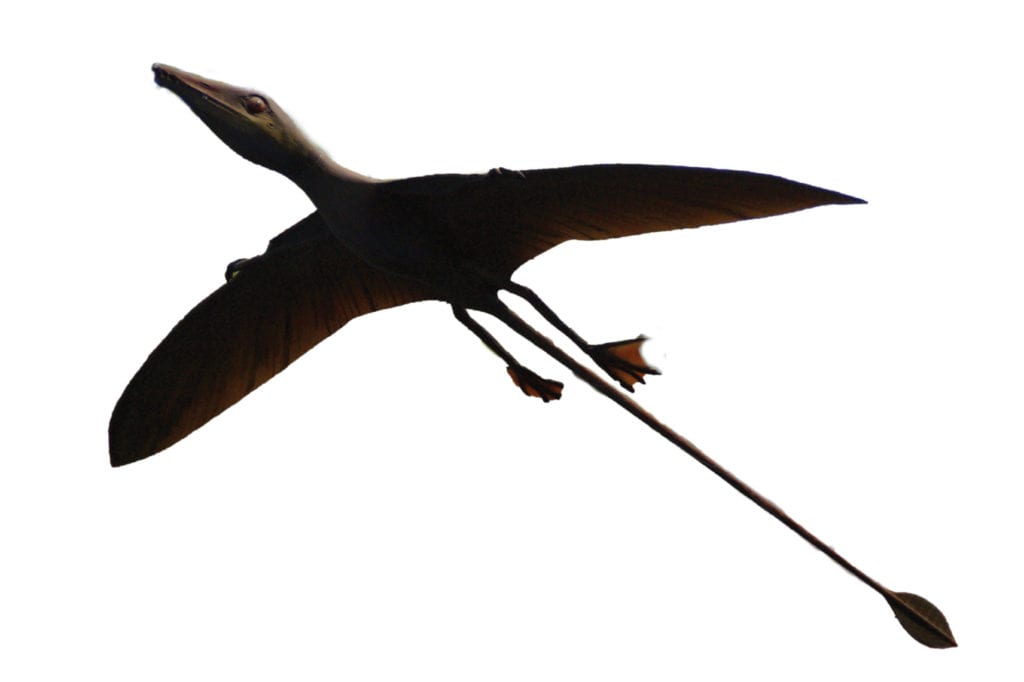Pterosaurs (May 11)


Did you know that pterosaurs are mentioned in the Bible? Not by the modern scientific name but as “fiery flying serpents” (Isaiah 14:29, 30:6). Also in Numbers 21, as the Israelites wandered in the wilderness, they encountered “fiery serpents” (21:6, 8). Some modern commentators suggest these were venomous snakes. The Hebrew words used to describe them, however, include the verb, uph, which means to fly or flutter, that is “flying serpent”. These creatures most likely were pterosaurs with venomous bites and brilliant scales that appeared “fiery”.
Notice in Numbers 21:9 and John 3:14, this creature was put on a pole. At this time, because of their disobedience, the people of Israel were plagued with poisonous flying serpents. God told Moses to have the people raise a symbol of this serpent up on a pole in the midst of the camp in order to protect them. But neither the Old nor New Testaments, in their original language, use the word “snake” to describe what is being put on the pole. The poisonous reptiles that attacked and killed the Israelites flew. Today’s translations assume these creatures were venomous snakes, but why could the people not have escaped from slithering snakes? Also, a snake, from Genesis to Revelation, has been used as a symbol of Satan. Why would people look to a symbol of Satan to be saved? A much better explanation would be the now extinct pterosaur being hoisted up a pole with its wings spread out. This would have formed the shape of a cross! This was a foreshadowing of the final salvation coming to mankind – Jesus Christ dying on a cross.
John 3:14
KJV: And as Moses lifted up the serpent in the wilderness, even so must the Son of man be lifted up:
NIV: Just as Moses lifted up the snake in the wilderness, so the Son of Man must be lifted up,
Reference
Sherwin, Frank. 2013. Guide to Animals. Institute of Creation Research: Dallas, Texas. p.73.
